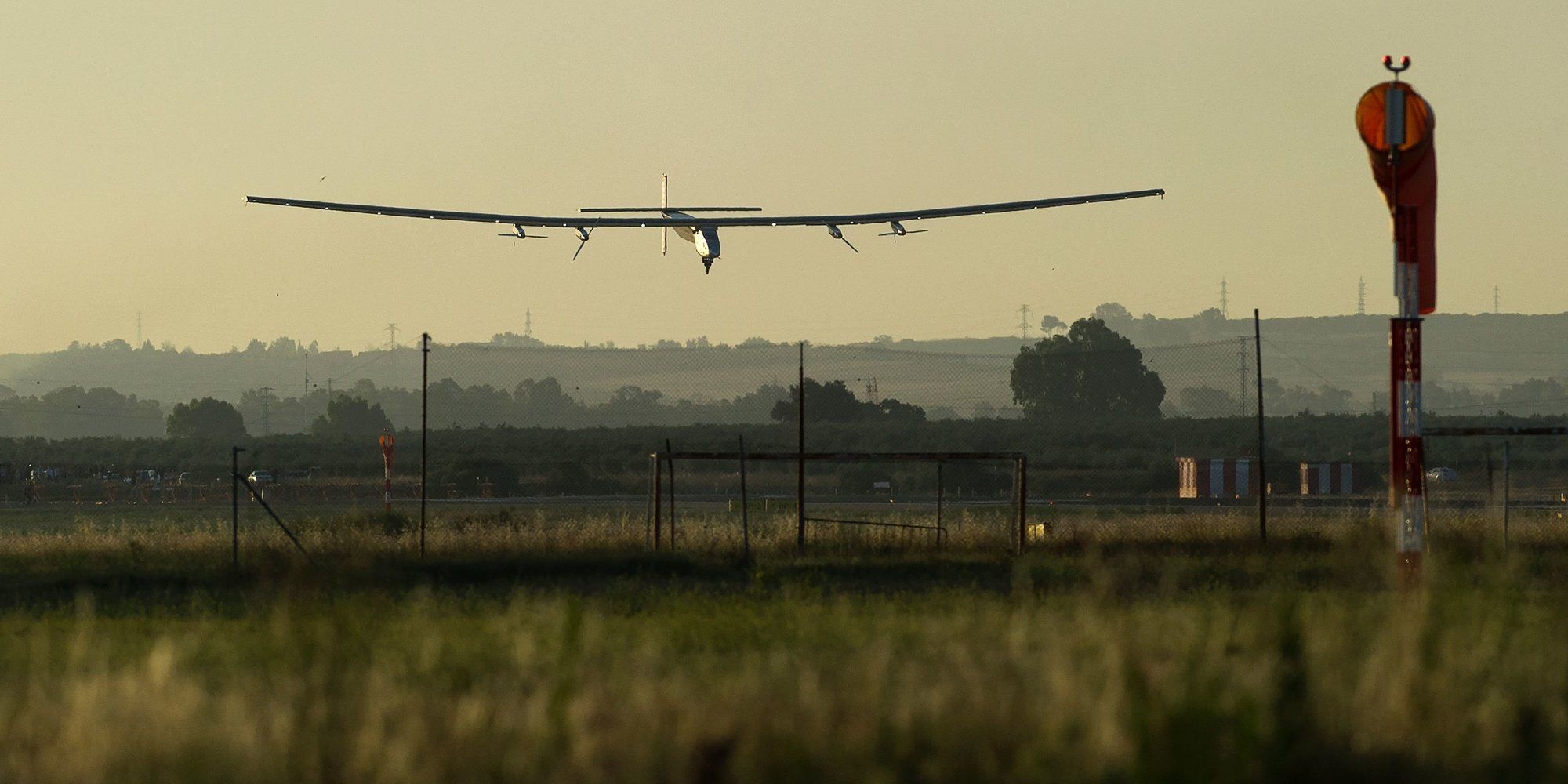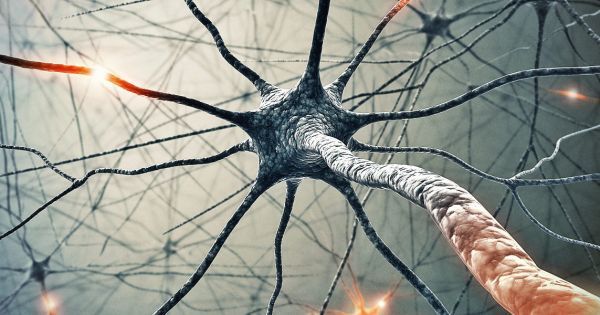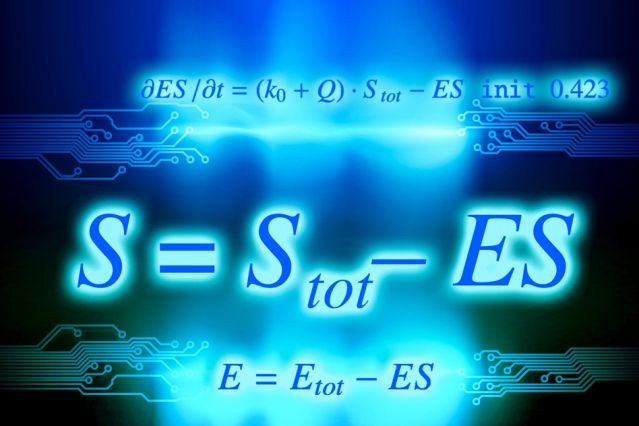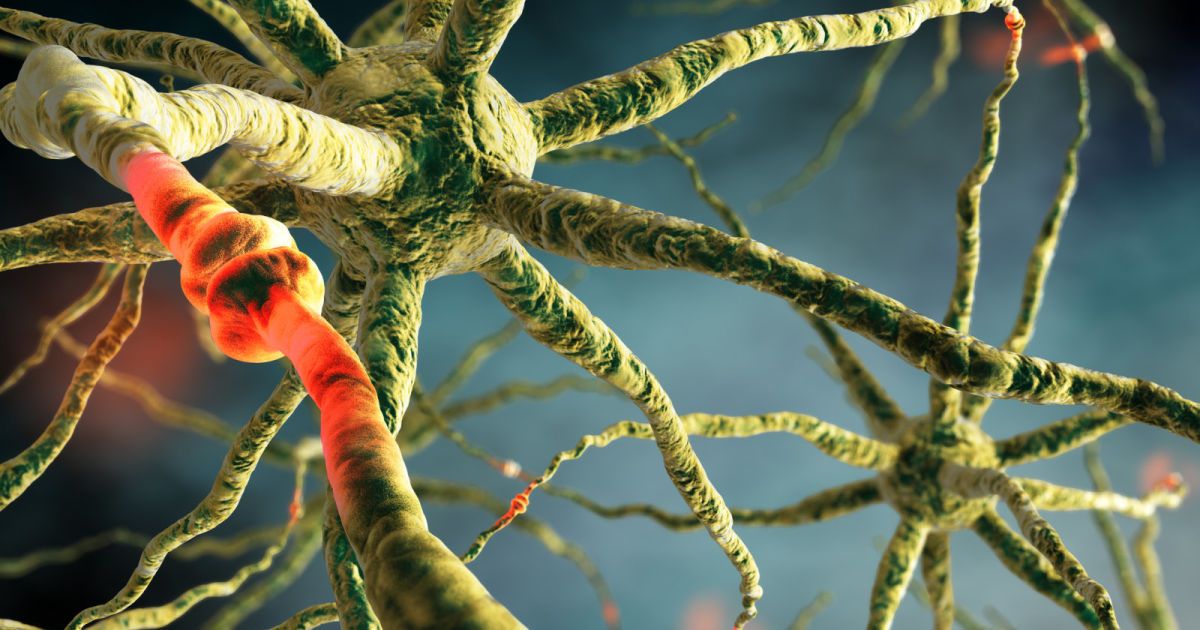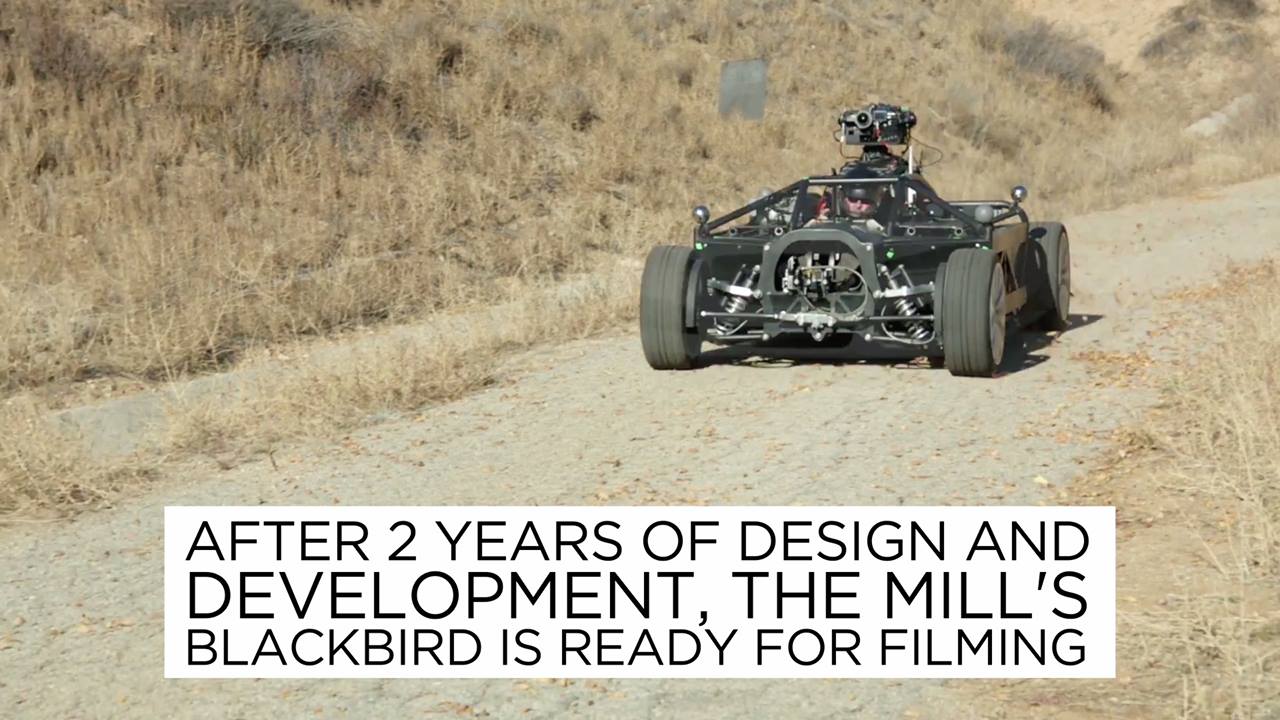Jun 25, 2016
Computers are better at diagnosing and treating patients than doctors
Posted by Shailesh Prasad in categories: biotech/medical, computing, health, robotics/AI
It would seem that no one’s immune from the effects imposed by our increasingly sophisticated artificial intelligence and robotics — not even doctors. As research from Indiana University has revealed, a new computer program is doing a better job than doctors when it comes to both diagnosing and treating health conditions — and by a significant margin.
The system, which uses decision making processes similar to the Jeopardy-bot, Watson, was recently given the task of analyzing and predicting the health outcomes of 500 real individuals. After plugging in the relevant data — which mostly had to do with clinical depression and chronic diseases like high blood pressure and diabetes — researchers Kris Hauser and Casey Bennett compared the outcomes to the simulated treatment prescriptions.

